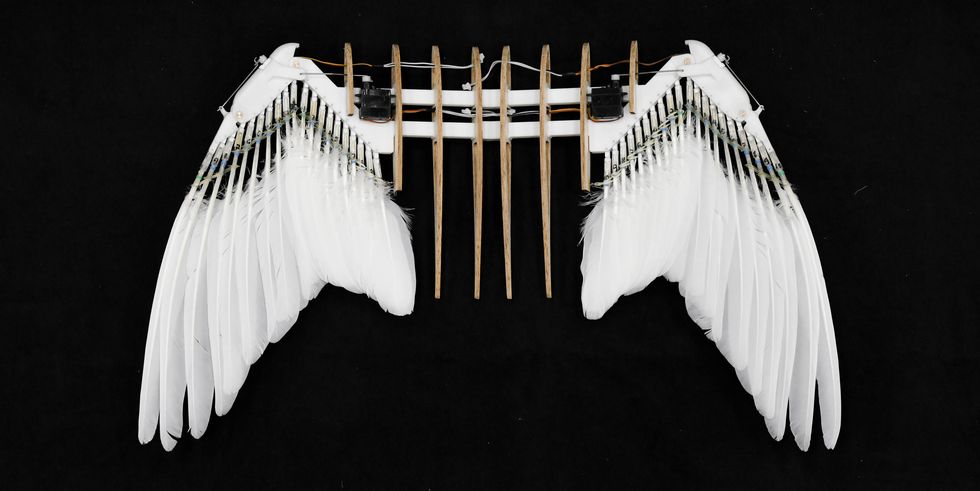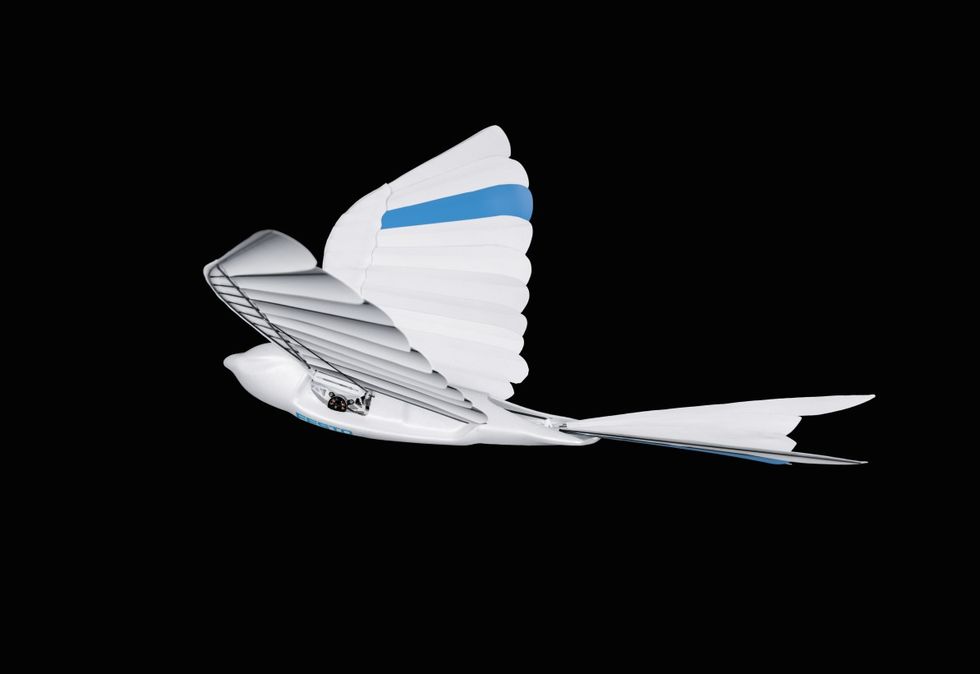Whimsical Fliers: From Drones to Robot Birds

Men have long been intrigued by the concept of flying. Many researchers and design engineers have done experiments and various designs to simulate the flight of birds. Since ancient times, many myths and legends have recorded the attempts of famous leaders to fly like birds.
Earlier efforts
The Chinese discovered the kite around 400 BC, which inspired humans to think about humans flying. Kites were the forerunner for the development of hot air balloons and gliders.
Humans attempted to fly by mimicking birds. Some of the early inventions include:
- Greek engineer named Hero and his Aeolipile
- Leonardo da Vinci and the Ornithopter
- Joseph and Jacques Montgolfier – hot air balloon
- George Cayley – glider
- Otto Lilienthal – glider
- Samuel P. Langley – Aerodrome
Introduction of drones
The recorded use of unmanned aerial vehicles (UAVs) happened in 1849, and they were used for warfare back then. These were incendiary balloons. Drone designs evolved from balloons to rocket-shaped tactical vehicles such as the Ryan Firebee to fixed-wing aircraft shaped vehicles like the Tadiran Mastiff.
From large configurations, the drones became smaller, with varied applications. Some were for target and decoy, combat and reconnaissance, while others were for public and commercial use, research and development, and logistics. They likewise differ in range and altitude.
Most modern drones look like giant insects, with cameras installed, as commercial use become more prevalent. Today drones are used for emergency response, filmmaking, as well as video and media coverage.
Business applications
Business owners usually use drones for marketing purposes, but the developers realize that drones have more business applications. Newer drones come in different shapes as well.

With humans always wondering how birds fly, a German automation company called Festo, developed a robotic bird. The robot bird is called BionicSwift. The company already developed other bionic models shaped like butterflies, airborne jellyfish, flying penguins, flying foxes, and dragonflies.
The developers of BionicSwift intends to use it as the model for aerial tracking systems that could help increase the productivity of smart factories of the future.
The creation of BionicSwift is fascinating, with the engineers focusing on biomimicry, to produce something aerodynamic and ultralight. The drone is a free flier. It flies like a real bird, with agile movements, high maneuverability, and ability to make steep turns and loops.
BionicSwift weighs about 1.6 ounces or 42 grams. It has a wingspan of 27 inches. From its beak to the end of its tail, it is 17.5 inches long.
Each bird drone houses the communication array and wing flapping mechanism, comprising a battery, two servo motors, a brushless motor, and a gear unit. There are a few circuit boards for control, localization, and radio. Even if there is a flock flying about, the birds will not collide with one another. The system uses radio-based indoor GPS to locate each bird drone, enabling them to have a coordinated flight pattern.
There are other bird-shaped drones. Stanford created the PigeonBot prototype in 2014. China’s Northwestern Polytechnic University tested their bird drone called Dove in 2018.
Very shortly, the birds you see flying overhead may not be the real thing. Are your ready for them?
Men have long been intrigued by the concept of flying. Many researchers and design engineers have done experiments and various designs in order to simulate the flight of birds. Since ancient times, many myths and legends records the attempts of famous leaders to fly like a bird.
Earlier efforts
The Chinese discovered the kite around 400 BC, which inspired humans to think about humans flying. Kites were the forerunner for the development of hot air balloons and gliders.
Humans attempted to fly by mimicking birds. Some of the early inventions include:
- Greek engineer named Hero and his Aeolipile
- Leonardo da Vinci and the Ornithopter
- Joseph and Jacques Montgolfier – hot air balloon
- George Cayley – glider
- Otto Lilienthal – glider
- Samuel P. Langley – Aerodrome
Introduction of drones
The recorded use of unmanned aerial vehicles (UAVs) happened in 1849 and they were used for warfare back then. These were incendiary balloons. Drone designs evolved from balloons to rocket shaped tactical vehicles such as the Ryan Firebee to fixed-wing aircraft shaped vehicles like the Tadiran Mastiff.
From large configurations, the drones became smaller, with varied applications. Some were for target and decoy, combat and reconnaissance, while others were for civil and commercial use, research and development, and logistics. They likewise differ in range and altitude.
Most of the modern drones look like large insects, with cameras installed as commercial use become more prevalent. Today drones are used for emergency response, filmmaking, as well as video and media coverage.
Business applications
Business owners usually use drones for marketing purposes, but the developers are realizing that drones have more business applications. Newer drones come in different shapes as well.
With human always wondering how birds, a German automation company called Festo, developed a robotic bird. The robot bird is called BionicSwift. The company already developed other bionic models, shaped like butterflies, airborne jellyfish, flying penguins, flying foxes, and dragonflies.
The developers of BionicSwift intends to use it as the model for aerial tracking systems that could help increase the productivity of smart factories of the future.
The creation of BionicSwift is very interesting, with the engineers focusing on biomimicry, to produce something aerodynamic and ultralight. The drone is an autonomous flier. It flies like a real bird, with agile movements, high maneuverability and able to make steep turns and loops.
BionicSwift weighs about 1.6 ounces or 42 grams. It has a wingspan of 27 inches. From its beak to the end of its tail, it is 17.5 inches long.
Each bird drone houses the communication array and wing flapping mechanism, comprising a battery, two servo motors, a brushless motor, and a gear unit. There are several a few circuit boards for control, localization and radio. Even if there is a flock flying about, the birds will not collide with one another. Using radio-based indoor GPS, the system can locate each bird drone so they can have a coordinated flight pattern.
There are other bird-shaped drones. Stanford created the PigeonBot prototype in 2014. China’s Northwestern Polytechnic University tested their bird drone called Dove in 2018.
Very shortly, the birds you see flying overhead may not be the real thing. Are you ready for them?